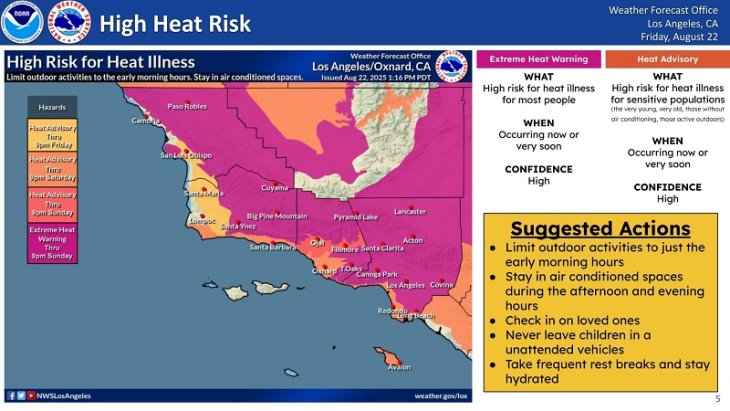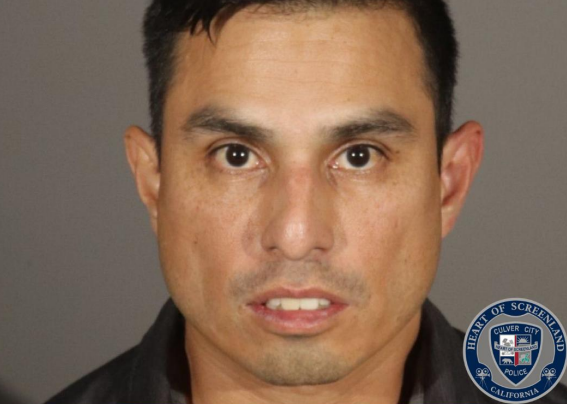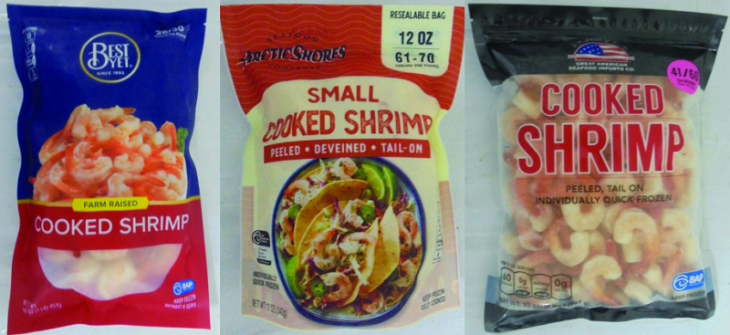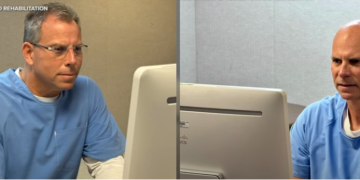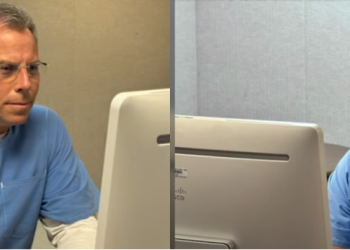
The Board of Supervisors voted yesterday to back an educational campaign about how to dispose of unused drugs and syringes, but stopped short of requiring pharmaceutical manufacturers to create and pay for a take-back program.
Supervisor Michael Antonovich, who had called for an ordinance requiring manufacturers to collect, transport and dispose of unwanted drugs and/or syringes more than a year ago, said other counties hadn’t succeeded in finding a program that worked.
“In spite of widespread public support, these efforts have not made much progress due to various obstacles and were ultimately unsuccessful,” Antonovich said.
Antonovich recommended a public education and outreach campaign to be approved by the Department of Public Health, with quarterly take-back days to be hosted by pharmaceutical manufacturers.
A county working group will assess the effectiveness of that campaign and also look at a take-back program set up by Walgreens before returning to the board on Nov. 1, when the ordinance will be reconsidered.
Supervisors Sheila Kuehl and Hilda Solis abstained from the 3-0 vote, saying they were in favor of the ordinance and objecting to the delay.
“I think it makes about as much sense to have the pharmaceutical industry be in charge of the take-back as it makes to have Southern California Gas be in charge of their leaks,” Kuehl said.
The issue has been repeatedly postponed as the county seeks to strike a balance between advocates — who say 40 percent of all medications go unused and are helping to fuel an epidemic of prescription drug addiction — and pharmaceutical industry representatives, who say take-back programs are too costly and inefficient.
Los Angeles City Councilman Paul Koretz, a diabetic, told the board that he once filled containers with syringes or “sharps” and stored them in his garage.
“This protects senior citizens and children and dogs and cats and first responders,” Koretz said of the take-back ordinance that was ultimately shelved. “It’s a win-win.”
But representatives from the pharmaceutical industry, which would have to pay for the programs, disagreed, saying it was an expensive solution to a problem that would be better solved by educating the public.
Carlos Gutierrez of the Consumer Healthcare Products Association said large and small manufacturers agree that disposal of unused drugs and sharps is important.
“We just disagree on how to go about resolving that issue,” Gutierrez said. “We do think the proposal of a formalized drug take-back ordinance is expensive, it’s ineffective, really inefficient, as Alameda County has shown. It just doesn’t work.”
An Alameda County program — which survived an extended court challenge – – was cited by a model by some advocates, who accused industry representatives of trying to sabotage it and mischaracterizing its results.
One manufacturer said the proposed ordinance would amount to the county hanging out a “not welcome” sign for the pharmaceutical industry.
Advocates argued that the cost was small relative to industry profits.
Heidi Sanborn of the National Stewardship Action Council said it amounted to a tenth of one percent or less of revenues.
“This is point-three cents to one cent for every 10 dollars sold,” Sanborn told the board. “They sold $8 billion, estimated, into this county in a year. This is not a cost burden on this industry.”
Nearly 75 percent of prescription drug abusers get their drugs from relatives and friends, according to the county’s Department of Public Health. Of the 8,265 drug-related deaths in Los Angeles County from 2000-2009, 61 percent involved a commonly abused prescription or over-the-counter drug.
The number of drug overdose deaths now outpace deaths from motor vehicle accidents and firearms, according to the Drug Enforcement Agency. An increasing share of those deaths are from prescription opioids such as oxycodone, hydrocodone and codeine.
“We must take action soon to protect lives,” said Dr. Jeffrey Gunzenhauser, DPH’s interim Health Officer.
Unused medications end up being flushed down toilets and syringes are thrown into trash cans, causing problems beyond addiction.
Flushing drugs into sewers has led to trace pharmaceuticals in the water supply of 46 million Americans, DPH deputy director Angelo Bellomo told the board, while syringes in trash bins led to injuries.






